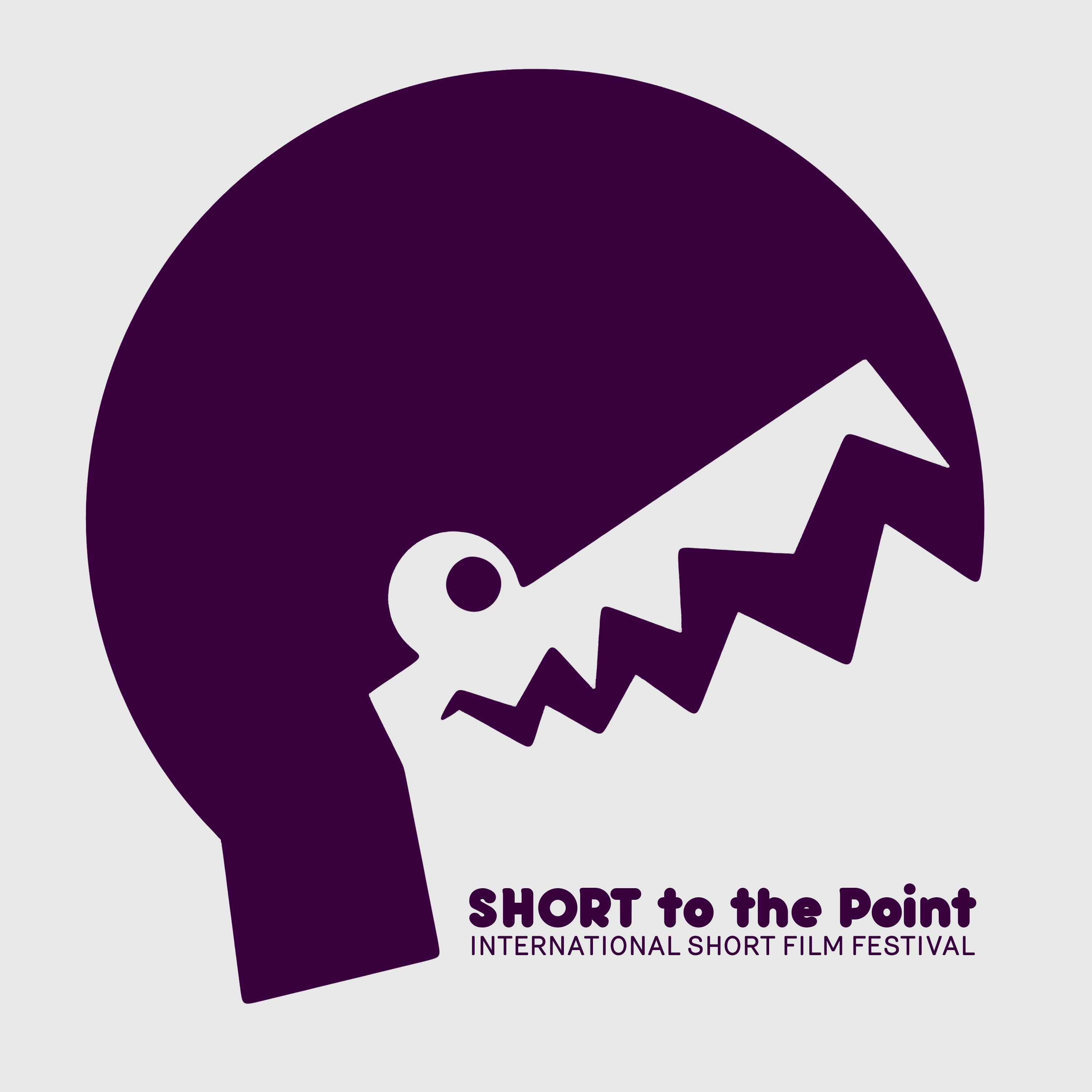- Was there a particular event or time that you recognized that animation is your way of telling stories?
I wanted to be a comic book artist until I saw the film ParaNorman in 2012. I think I saw it eight times in theaters. The artistry of that film inspired me to pursue a degree in animation.
- What exactly is the job of an animation director?
To stay organized, stay on task and to keep your crew motivated and inspired (even if you’re a crew of one person).
- How many people are involved in creating an animation like yours? And could you tell us a bit about their roles, the flow of the team?
This film was a solo project, and so I was responsible for all aspects, including design, modeling, animation, and lighting. I received invaluable feedback from my professors and classmates along the way.
- What was the most important lesson you had to learn that has had a positive effect on your animation? How did that lesson happen?
The most important lesson is to keep going. I had a difficult time my sophomore year learning animation because all the software was new to me. However, I’m so glad I kept pursuing my dream, otherwise “Melted” would never have been made. That mindset was also helpful while working from home during a pandemic.
- What is the process in creating an animated character?
I started with initial sketches to figure out the silhouette and design of the character. Then I painted a final character design in Photoshop. Next, I modeled the character in Zbrush, then imported it into Maya to rig and animate the character. I also created a bio of the character and answered questions about her personality so I could make specific acting choices while animating her.
- 2D Animation vs. 3D animation what are your thoughts on this endless battle?
I love both. I think the technology of 3D animation is progressing to the point where a 3D animated film can capture the charm of a 2D animated film. However, nothing can replace the craft of traditional animation. I would love to see more films in both styles.
- What does your animation workflow look like while animating? Tell us a little about the tools that you are using. What are your preferences? Methods? Plugins? Techniques?
I like to take video reference acting out the scene. Next, I draw over the video reference to find the key poses, anticipations, and breakdown poses. Then I use Keyframe Pro alongside Maya to sync the reference with my animation scene.
- What do audiences want? And is it the animator’s role to worry about that?
Audiences want a clear story and characters they can relate to. An animator’s role is to communicate their ideas clearly. However, getting too caught up in what an audience wants can squelch an animator’s creativity. People should create stories they love, not what they think will make people love them. When I was working on “Melted,” I would tell myself, “I’m making this film for me- even if I was the only person on Earth who was allowed to watch it, I would still make this film.” This inspired me to make the film as weird and wonderful as I wanted.
- What role have film festivals played in your life so far? Why are they necessary? How do you get the most out of them?
This is the first film festival I have won an award for! It’s been great to promote the film.
- What is the most difficult part for you about being in the animation business, and how do you handle it?
Rejection is one of the most difficult parts. I’ve learned to handle it by staying open to new and unexpected opportunities. There is no one set path to a dream job.










